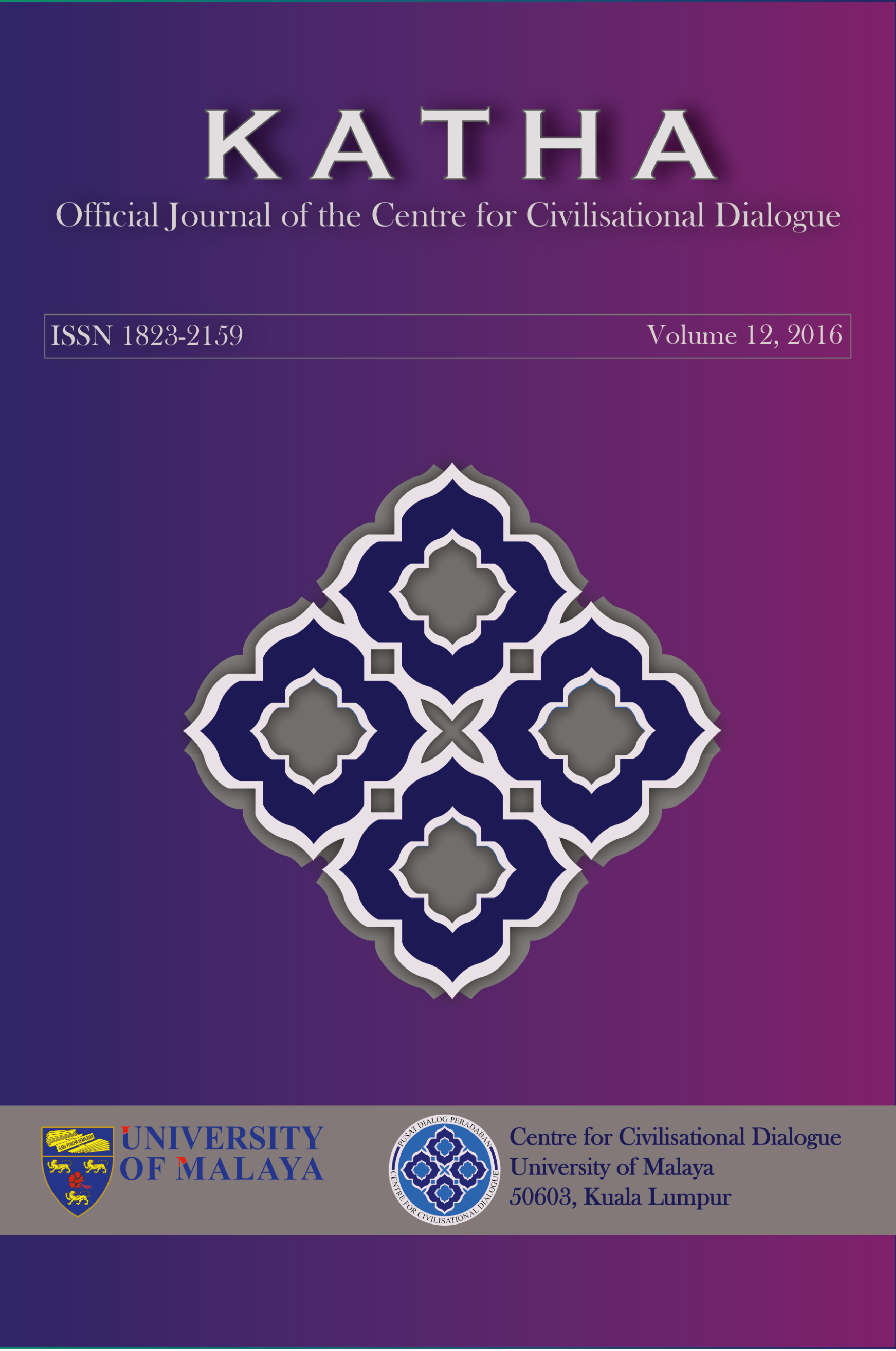A Comparative Analysis between Latin American Magical Realism and Malaysian Realism: Intercultural Understanding through Literature
DOI:
https://doi.org/10.22452/KATHA.vol12no1.1Keywords:
Magic Realism, Realism, Literature, Colombia, Malaysia.Abstract
“La luz es como el agua” (Light is like water), from the Colombian writer Gabriel Garcia Marquez, is part of a series of stories that belongs to what has been called Magical Realism in Latin American literature. On the other hand, Si Tanggang, from the Malaysian writer Abdul Samad Ahmad, has a stylistic approach which in literature has been called Realism. The analysis of the stories respond to the encounter and clash of two cultures from two literary tendencies called Magic Realism and Realism. “Light is like water” starts with realistic descriptions, but then adopts other narrative strategies in order to explain what goes beyond what is purely real. This is the moment when Realism becomes magical. Meanwhile, in the case of Si Tanggang, the narration has a more realistic approach. In the analysis of the two stories, two aspects will be considered. Firstly, the topics covered by the stories such as leaving one’s place of origin and then returning to it, family values, and obedience towards parents. Secondly, the literary styles of these two tales, one belonging to Realism and the other one to Magical Realism.
Downloads
Downloads
Published
How to Cite
Issue
Section
License
Articles submitted to the journal should not have been published before in their current or substantially similar form, or be under consideration for publication elsewhere. Authors submitting articles for publication warrant that the work is not an infringement of any existing copyright and will indemnify the publisher against any breach of such warranty. For ease of dissemination and to ensure proper policing of use, papers and contributions become the legal copyright of the publisher unless otherwise agreed. By submitting a manuscript, the author(s) agree that copyright for the article is transferred to the publisher, if and when the manuscript is accepted for publication. However, it can be reprinted with a proper acknowledgment that it was published in KATHA.

This work is licensed under a Creative Commons Attribution-NonCommercial-NoDerivatives 4.0 International License.




